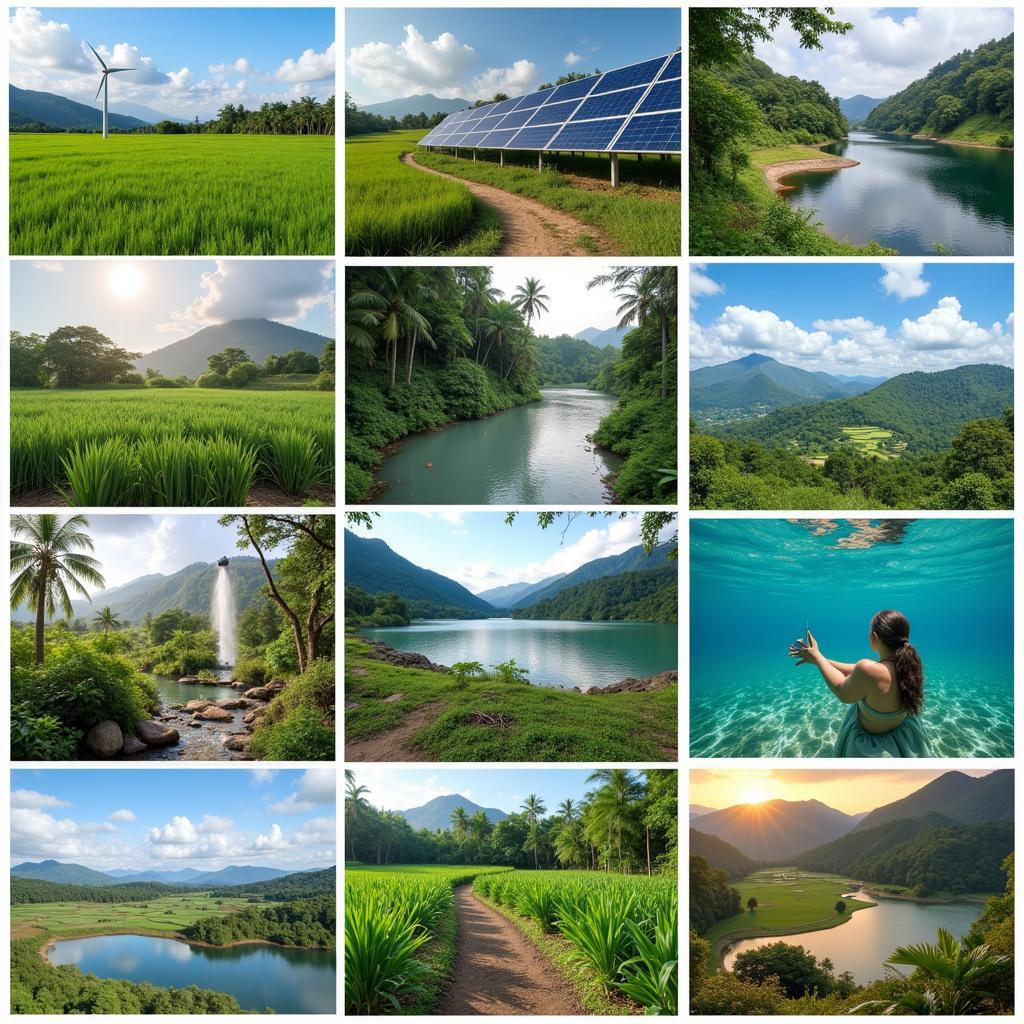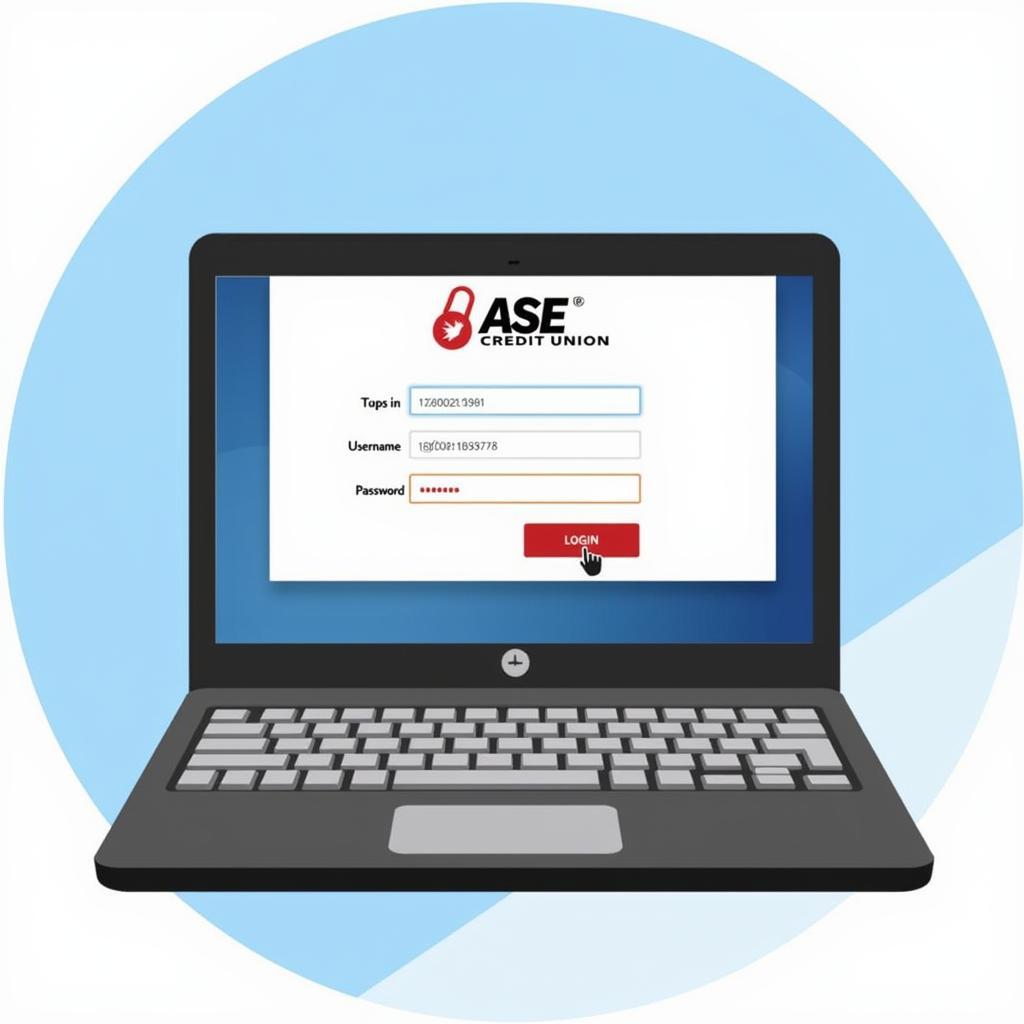ASEAN’s 50×50 vision represents a bold and transformative agenda for the region. This ambitious plan, aiming to achieve specific goals by the year 2050, encompasses economic growth, social progress, and environmental sustainability. It’s a crucial roadmap for Southeast Asia’s journey towards a more integrated, prosperous, and resilient future.
Understanding the Scope of ASEAN 50×50
ASEAN 50×50 isn’t just a catchy phrase; it’s a multi-faceted strategy designed to elevate ASEAN’s standing on the global stage. It aims to solidify the region’s economic power, promote social inclusion, and champion sustainable development. This integrated approach seeks to address the diverse challenges and opportunities facing Southeast Asia in the 21st century.
Economic Integration and Growth under ASEAN 50×50
A cornerstone of the 50×50 vision is the creation of a highly integrated and dynamic ASEAN economy. This involves promoting free trade, facilitating investment flows, and fostering innovation. The goal is to create a seamless economic zone that can compete effectively with other major global players.
- Enhanced Trade Facilitation: Streamlining customs procedures and reducing trade barriers will be crucial for boosting intra-ASEAN trade and attracting foreign investment.
- Focus on Innovation and Technology: Investing in research and development, fostering digital literacy, and promoting technological advancements will be key drivers of economic growth.
- Developing Human Capital: Prioritizing education, skills development, and workforce mobility will empower ASEAN citizens to contribute to the region’s economic prosperity.
Social Development and Inclusion: A Key Pillar of ASEAN 50×50
ASEAN 50×50 recognizes that economic progress must go hand in hand with social development. The vision emphasizes the importance of inclusive growth, equitable access to opportunities, and the promotion of social harmony.
- Poverty Reduction and Social Safety Nets: Implementing effective social protection programs and targeted interventions to address poverty and inequality will be essential for building a more inclusive society.
- Empowering Women and Marginalized Groups: Promoting gender equality, ensuring access to education and healthcare for all, and empowering marginalized communities will be critical for unlocking ASEAN’s full potential.
- Strengthening Social Cohesion: Fostering intercultural understanding, promoting tolerance, and building bridges between different communities will be crucial for maintaining peace and stability in the region.
Environmental Sustainability: A Crucial Aspect of ASEAN 50×50
The 50×50 vision acknowledges the importance of environmental sustainability for the long-term well-being of the region. It calls for concerted efforts to protect biodiversity, mitigate climate change, and promote sustainable resource management.
- Transitioning to a Green Economy: Investing in renewable energy, promoting energy efficiency, and adopting sustainable production and consumption patterns will be essential for reducing ASEAN’s environmental footprint.
- Protecting Biodiversity and Natural Resources: Conserving forests, managing water resources sustainably, and protecting endangered species will be crucial for preserving ASEAN’s rich natural heritage.
- Building Climate Resilience: Investing in climate change adaptation measures, strengthening disaster preparedness, and promoting climate-smart agriculture will be vital for safeguarding ASEAN’s future against the impacts of climate change.
 ASEAN Environmental Sustainability Efforts
ASEAN Environmental Sustainability Efforts
Conclusion: Realizing the Promise of ASEAN 50×50
ASEAN 50×50 represents a bold and ambitious roadmap for the future of Southeast Asia. By prioritizing economic integration, social inclusion, and environmental sustainability, ASEAN aims to secure a prosperous and resilient future for its people. Achieving this vision will require concerted efforts, collaboration across all sectors, and a shared commitment to building a stronger and more vibrant ASEAN community.
FAQ
- What is the timeline for achieving the ASEAN 50×50 goals? (The target year is 2050.)
- Which countries are involved in the ASEAN 50×50 initiative? (All 10 ASEAN member states.)
- How will the success of ASEAN 50×50 be measured? (Through a set of key performance indicators related to economic, social, and environmental progress.)
- What are the main challenges facing the implementation of ASEAN 50×50? (These include addressing regional disparities, overcoming political and economic barriers, and ensuring effective coordination among member states.)
- How can individuals contribute to the realization of ASEAN 50×50? (By actively participating in community initiatives, supporting sustainable practices, and promoting intercultural understanding.)
- What are some of the key milestones achieved so far towards ASEAN 50×50? (Progress has been made in areas such as trade liberalization, infrastructure development, and social development programs.)
- Where can I find more information about ASEAN 50×50? (On the official ASEAN website and various publications related to the ASEAN Community Vision 2025 and beyond.)
Need support? Contact us: Phone: 0369020373, Email: aseanmediadirectory@gmail.com Or visit us at: Thôn Ngọc Liễn, Hiệp Hòa, Bắc Giang, Việt Nam. We have a 24/7 customer service team.

